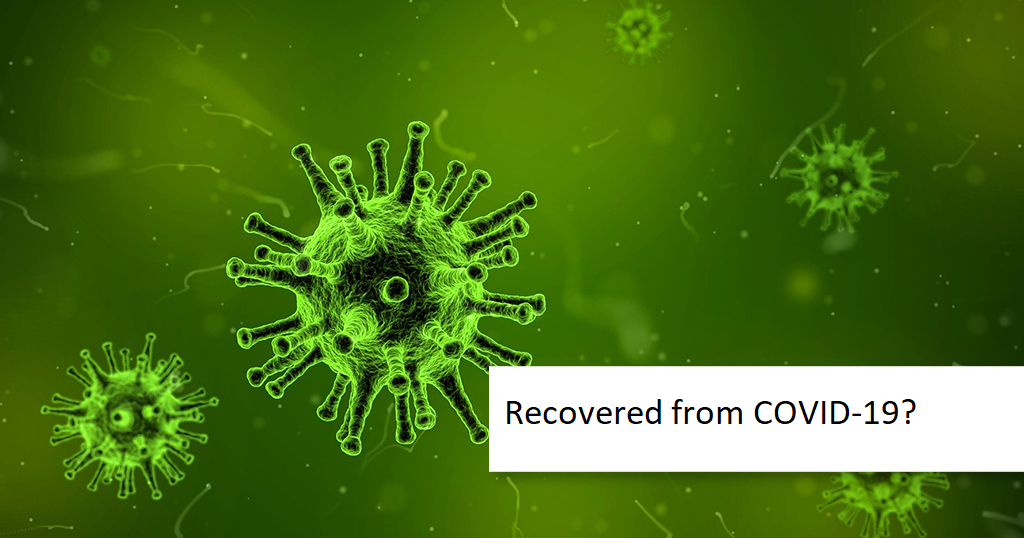

Don’t Let your Guard Down
It’s been a while now since the COVID-19 pandemic started. People are slowly learning of many different ways to deal with the pandemic — both in terms of prevention and recovery. It is a known fact that the virus that causes COVID-19, once it is inside our body, does not isolate and attack just the respiratory system alone, but also affects one’s brain, heart, kidneys and the digestive system, amongst other organs.
A research study conducted in Italy and published in the Journal of the American Medical Association (JAMA) revealed that certain symptoms of Covid-19 persist much beyond a negative test. The study published in JAMA showed in that more than 87 per cent of patients, who recovered from COVID-19, reported dyspnoea (difficult or laboured breathing) and some kind of fatigue as persisting symptoms even after two months of being discharged from the hospital
A few patients who had recovered had to be rushed back to the hospital with low oxygen saturation levels, sometimes just a day after their discharge. Such patients remained admitted in the hospital for at least 10 more days, and were discharged only after they started showing signs of recovery. Most of these patients came back to the hospital with a whole range of lung diseases – right from fibrosis (development of hard fibrous tissues as the lung heals from injury) to secondary infections including pneumonia.
It was also observed that after recovering from COVID-19 infection, some patients came back to the healthcare facility with reduced heart function, heart attack or even stroke.
The virus, which is now known to attack the endothelial cells that line our blood vessels, causes excessive blood clotting in our body. Today, since the infection has been in our country for more than five months, there is an urgent need for us to start looking into post-COVID-19 rehabilitation.
These are the long and short-term consequences of COVID-19 infection which is now referred to as the ‘Post COVID-19 syndrome’.
This means that after the acute phase of COVID-19 infection is over, patients come back to the hospitals with symptoms like itchy throats, lethargy and body aches, even 4-6 weeks after recovery. Patients have also displayed some psychological stress, such as depression and anxiety.
Monitoring such cases are of utmost importance, and a proper rehabilitation plan post discharge, needs to be put in place for monitoring the health of the patients and timely intervention.
Secondary complications like pulmonary embolism, pulmonary fibrosis, coagulopathy (excessive bleeding or clotting), renal (kidney) failure, acute stroke, liver dysfunction, and heart attack are highly common in post COVID infections
Remember, post-COVID-19 Syndrome must be dealt through proper clinical assessment, psychological intervention and comprehensive rehabilitative care. The first step towards helping a patient tackle the residual impact of the infection is the clinical assessment from an Infectious Disease Specialist at a dedicated post-COVID-19 Out-patient Department.
Physical rehabilitation may play a significant role in managing mobility, muscle weakness and decreased/ increased exercise tolerance. Besides, the psychological evaluation also plays a crucial role in addressing PTSD (Post traumatic stress disorder) amongst those who have battled severe COVID19 infection and have had a prolonged stay in the hospital. These areas of focus will help in diagnosing and treating both long-term and short-term complications amongst COVID-19 survivors.
The content is verified and reviewd by experienced practicing Pulmonologist to ensure that the information provided is current, accurate and above all, patient-focused

August 26, 2023